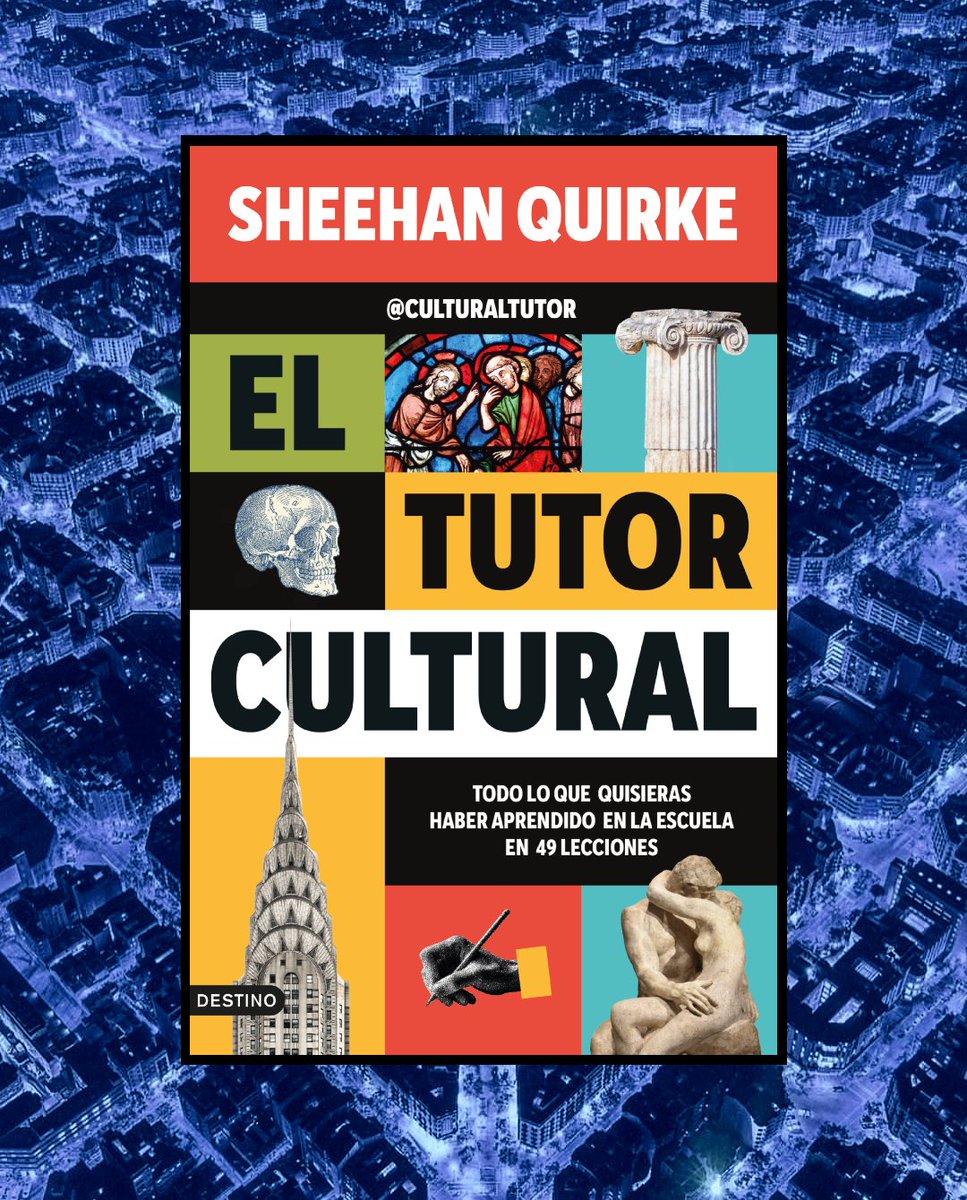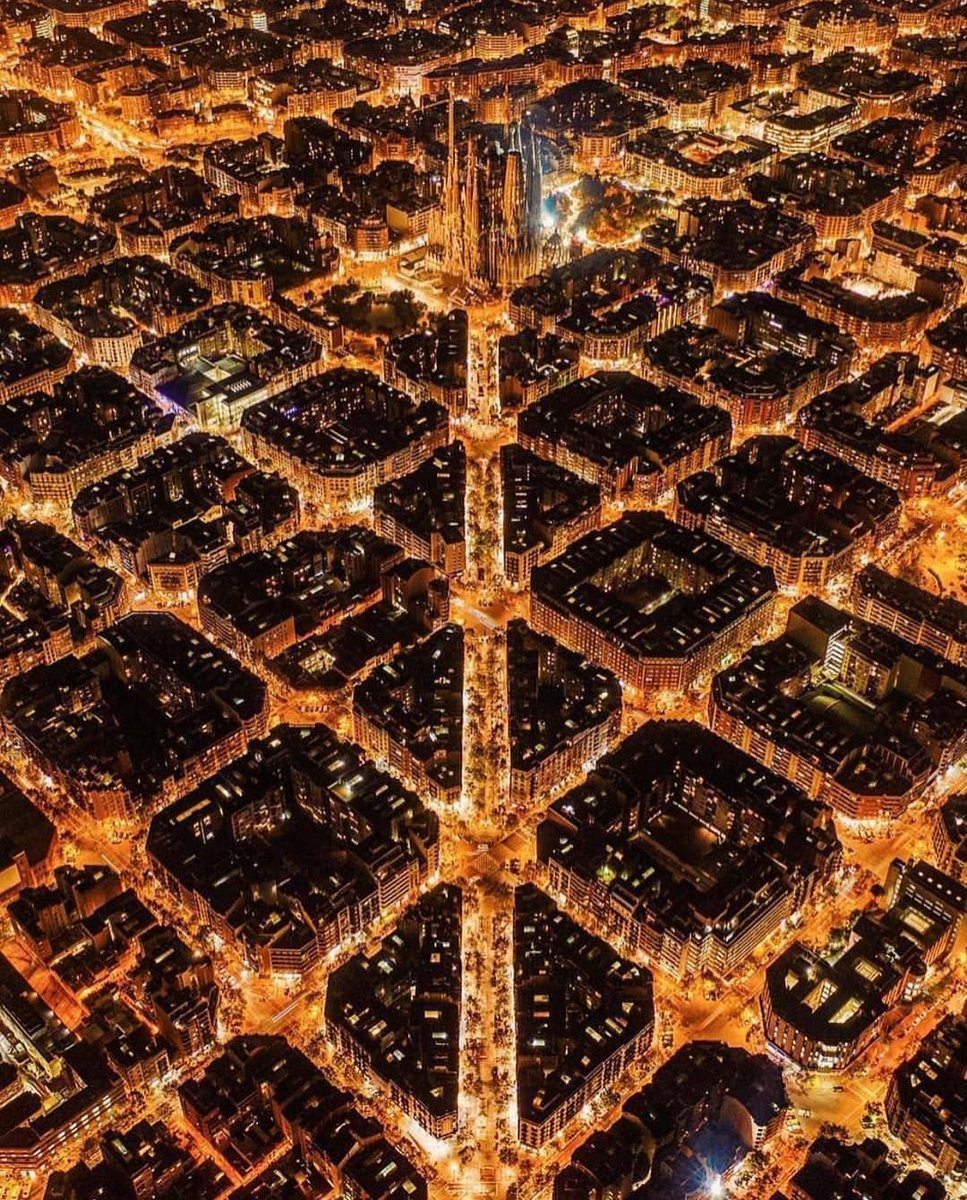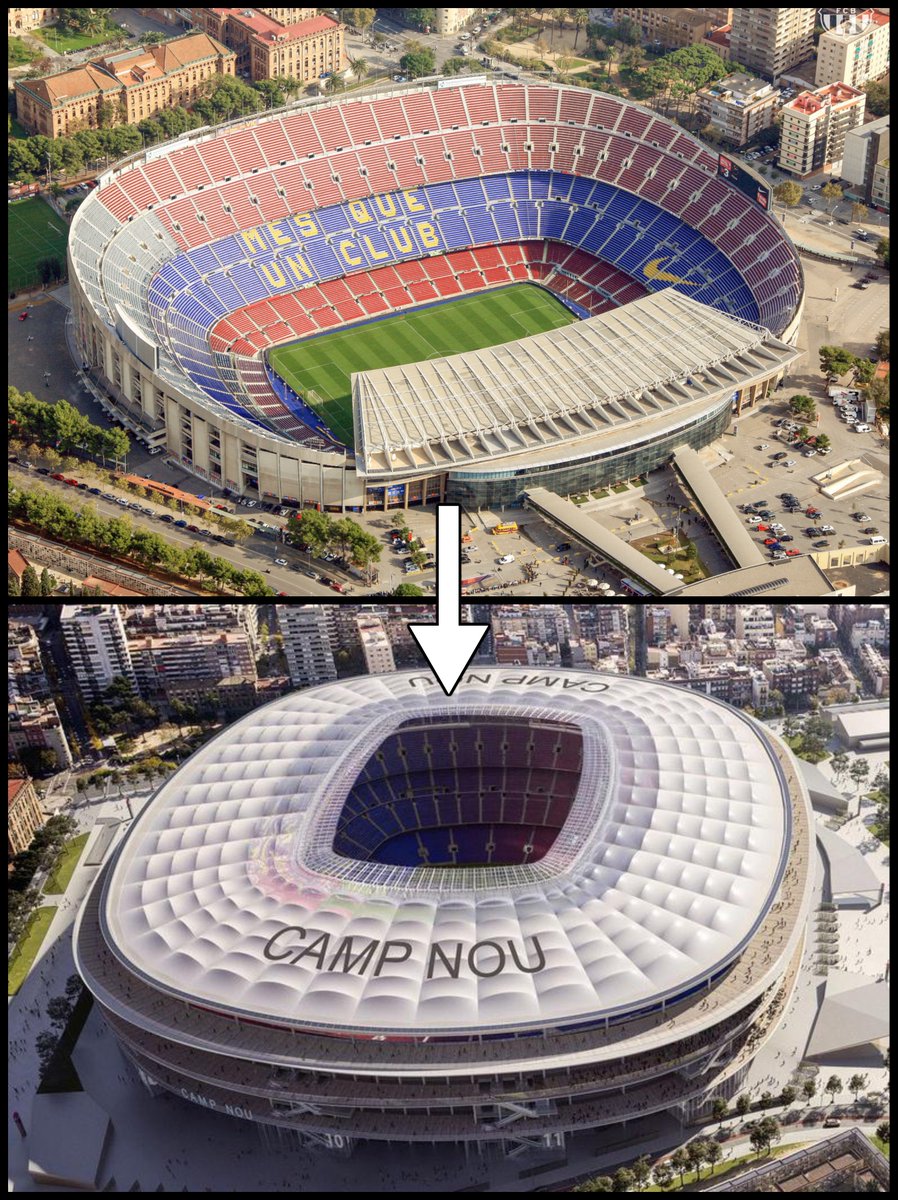You've probably seen this painting before — it's Ophelia by John Everett Millais, from 1852.
But what you probably don't know is that people once thought this kind of art was dangerous.
In fact, Ophelia is one of the most radical and controversial paintings of all time...
But what you probably don't know is that people once thought this kind of art was dangerous.
In fact, Ophelia is one of the most radical and controversial paintings of all time...
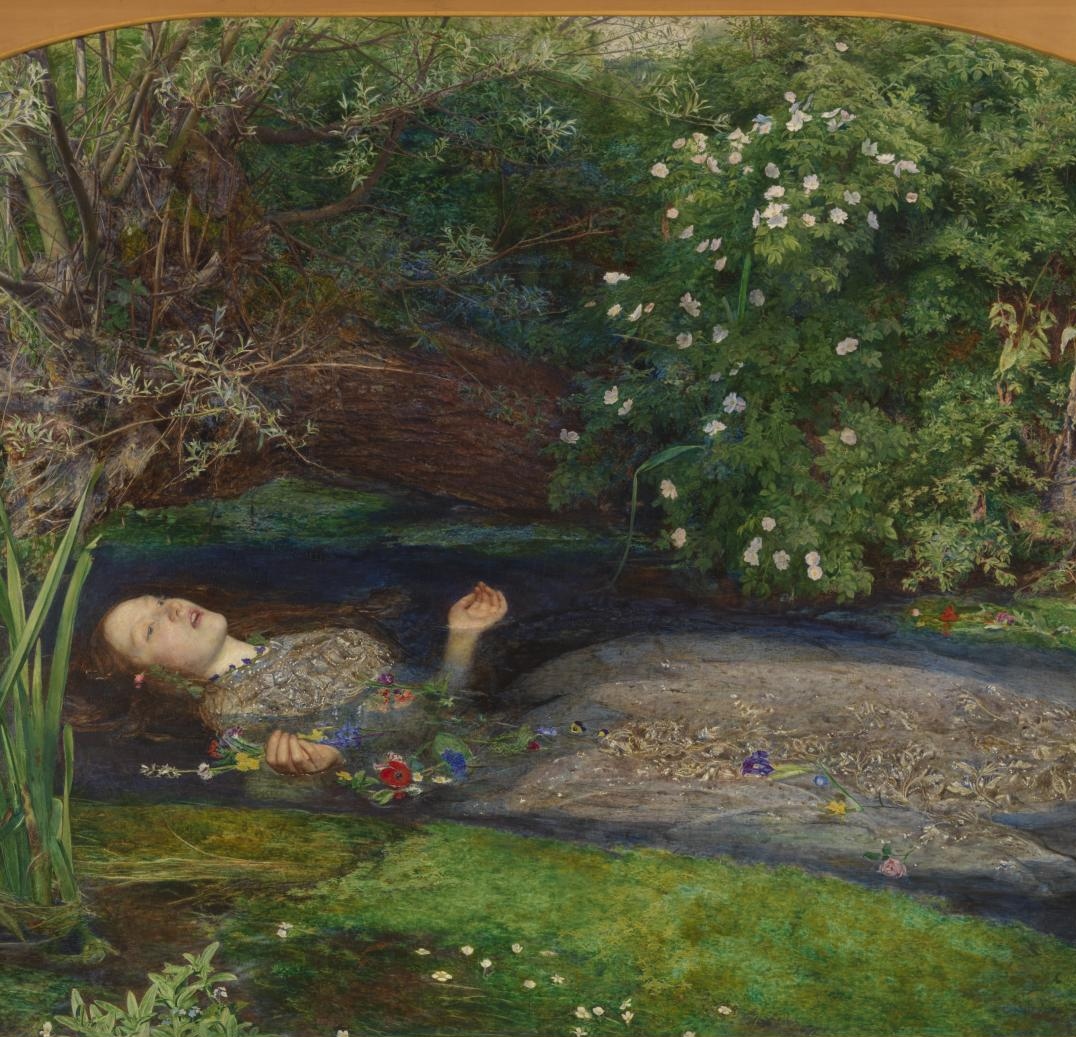
London. 1848. Seven young painters & poets decide that art needs saving from itself.
Their names are William Holman Hunt, John Everett Millais, William Michael Rossetti, Thomas Woolner, Frederic George Stephens, and Dante Gabriel Rossetti.
An artistic revolution awaits...
Their names are William Holman Hunt, John Everett Millais, William Michael Rossetti, Thomas Woolner, Frederic George Stephens, and Dante Gabriel Rossetti.
An artistic revolution awaits...

They believed art, as taught in the academies and seen in exhibitions, had become conventional.
Painters simply did things because that is how they were taught to do it, rather than because they believed it was correct or even because they wanted to.
Theatrical & artificial.
Painters simply did things because that is how they were taught to do it, rather than because they believed it was correct or even because they wanted to.
Theatrical & artificial.

And, therefore, art had strayed from the truth of nature.
In other words, painters did not paint what they actually saw, but what they thought they were supposed to see.
Hence they painted according to convention rather than their own emotions and senses.
In other words, painters did not paint what they actually saw, but what they thought they were supposed to see.
Hence they painted according to convention rather than their own emotions and senses.

And so this group agreed on four rules to guide all their artistic endeavours.
Unlike the superficial art of the establishment they would paint nature as they saw it, infused with their own genuine, heartfelt emotions, regardless of what art "should" or "shouldn't" look like.
Unlike the superficial art of the establishment they would paint nature as they saw it, infused with their own genuine, heartfelt emotions, regardless of what art "should" or "shouldn't" look like.

Here is a conventional painting, by Charles Lock Eastlake, and one with a similar theme by William Holman Hunt.
Notice how much attention Hunt has paid to detail. His scene is far more vivid, intense, and realistic than the rather theatrical and idealised version by Eastlake.
Notice how much attention Hunt has paid to detail. His scene is far more vivid, intense, and realistic than the rather theatrical and idealised version by Eastlake.

John Everett Millais' Christ in the House of His Parents (1850) shows Jesus, Mary, and Joseph in an unidealised way — they look like normal people.
Such radical art was seen as subversive to Christianity; Charles Dickens called it "mean, odious, revolting, and repulsive."
Such radical art was seen as subversive to Christianity; Charles Dickens called it "mean, odious, revolting, and repulsive."

These rebellious young artists said it was the influence of Raphael — then regarded as the greatest artist of all time, and whom all artists sought to emulate — which was the problem.
Before him art was free, truthful, and good; afterwards it decayed and turned stale.
Before him art was free, truthful, and good; afterwards it decayed and turned stale.

And so they called themselves the Pre-Raphaelite Brotherhood, or PRB for short.
Their goal was to restore art to the freedom, truthfulness, and love of nature it had enjoyed before the High Renaissance.
No wonder their favourite painter was Sandro Botticelli:
Their goal was to restore art to the freedom, truthfulness, and love of nature it had enjoyed before the High Renaissance.
No wonder their favourite painter was Sandro Botticelli:

If we compare Botticelli with Raphael then we can see the difference.
Nature is a crucial part of Botticelli's painting, but for Raphael it is merely a background. One is intense, colourful, and detailed; the other is simple, harmonious, and idealised.


Nature is a crucial part of Botticelli's painting, but for Raphael it is merely a background. One is intense, colourful, and detailed; the other is simple, harmonious, and idealised.

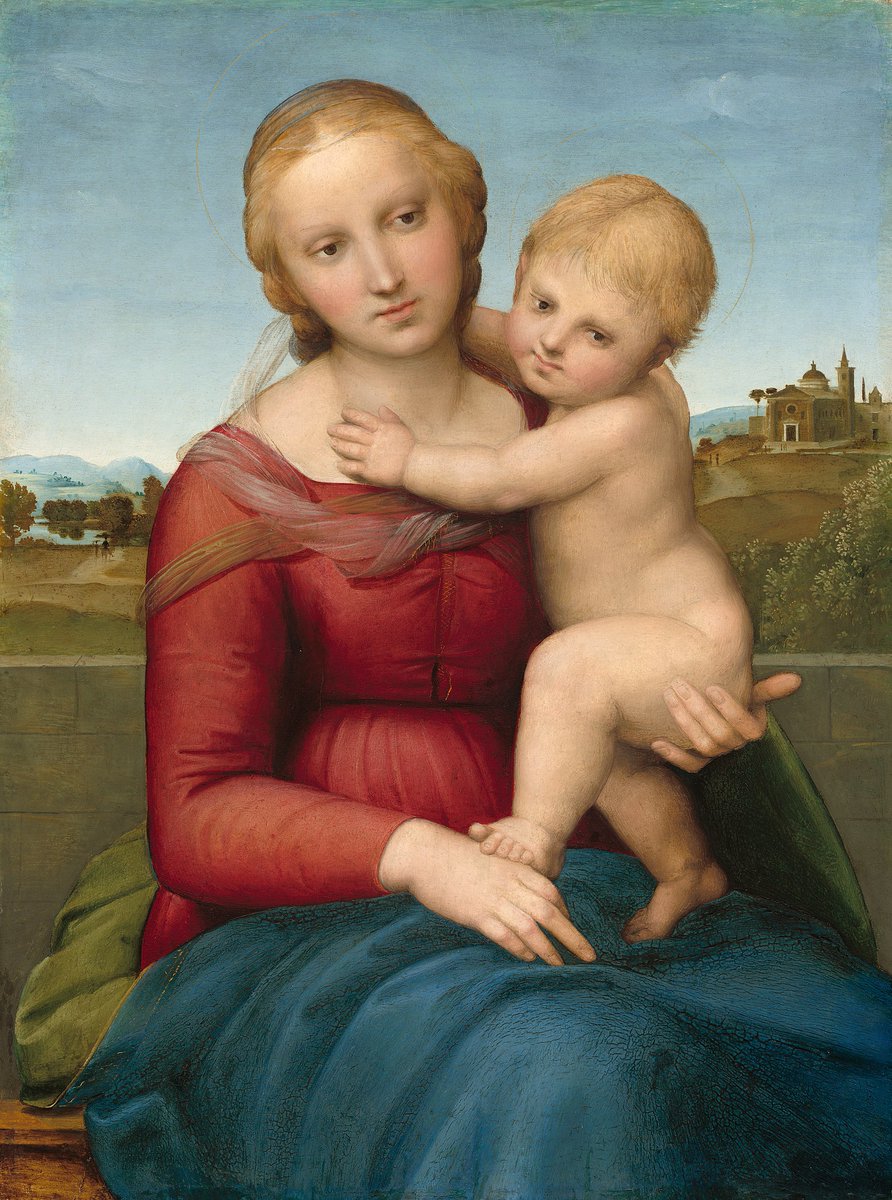
In Dante Gabriel Rossetti's The Day Dream (1880) we can see that Botticellian influence.
Nature is not a background here — the lovingly detailed boughs and leaves of the sycamore are an indispensible part of the painting, fully intertwined with the subject.
Nature is not a background here — the lovingly detailed boughs and leaves of the sycamore are an indispensible part of the painting, fully intertwined with the subject.

The official Pre-Raphaelite Brotherhood broke up in 1853, never to reunite, after various personal and public scandals had rocked the group.
But those original artists, and the many painters they influenced, continued this artistic revolution until the close of the 19th century.
But those original artists, and the many painters they influenced, continued this artistic revolution until the close of the 19th century.

Perhaps the chief quality of Pre-Raphaelite art, whether of the original painters or those they influenced, is a close attention to and use of nature.
Their paintings are inevitably filled with flowers, trees, blossom, fruit, and grass, often painted with extreme realism.
Their paintings are inevitably filled with flowers, trees, blossom, fruit, and grass, often painted with extreme realism.

Think of Ophelia with her poppies, daisies, pansies, and reeds.
One critic at the time said:
"There must be something strangely perverse in an imagination which souses Ophelia in a weedy ditch, and robs the drowning struggle of that lovelorn maiden of all pathos and beauty."
One critic at the time said:
"There must be something strangely perverse in an imagination which souses Ophelia in a weedy ditch, and robs the drowning struggle of that lovelorn maiden of all pathos and beauty."
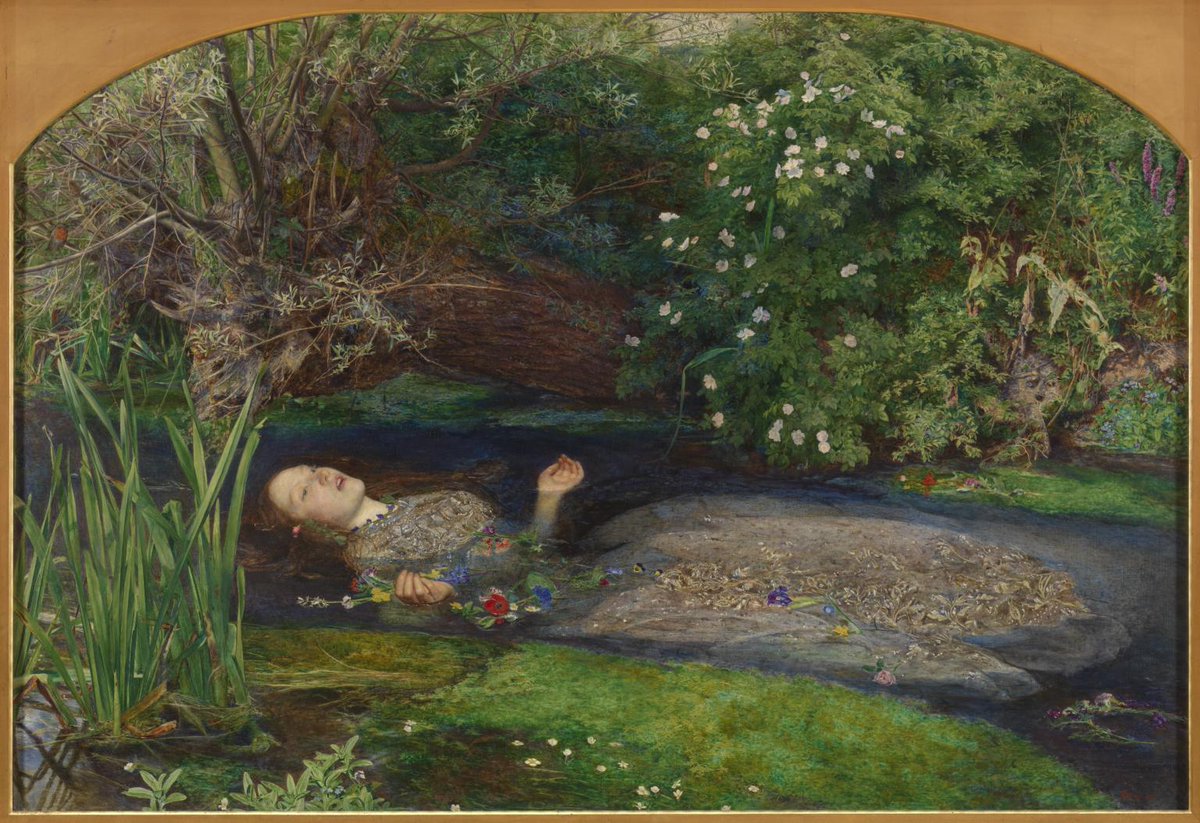
Another trait of Pre-Raphaelite art is the use of vivid and luminous colours, as in these four paintings by Rossetti.
The result was a more-than-lifelike intensity to match the emotional and spiritual ardour of their art.
The result was a more-than-lifelike intensity to match the emotional and spiritual ardour of their art.

They also drew on the Romantic poetry of Keats and the Neo-Gothic poetry of Tennyson and Browning, along with Medieval folk tales and legend, whether Arthurian myth or otherwise, for inspiration.
Love Among the Ruins, by Edward Burne-Jones, was based on a poem by Browning.
Love Among the Ruins, by Edward Burne-Jones, was based on a poem by Browning.

The Lady of Shalott, a figure from 13th century Italian legend who was popularised by the poetry of Alfred Tennyson, featured many times in Pre-Raphaelite art.
Perhaps most famously by John William Waterhouse in 1888.
Perhaps most famously by John William Waterhouse in 1888.

And, perhaps most striking of all, is the abundance of detail in Pre-Raphaelite art.
They reacted against the artificial "harmony" and "elegance" of the establishment by embracing the manifold details of the real world, however chaotic, ugly, or multitudinous.


They reacted against the artificial "harmony" and "elegance" of the establishment by embracing the manifold details of the real world, however chaotic, ugly, or multitudinous.


They painted the world as it appeared to them, or at least as they imagined it, and so even where their art is stylised it is not idealised, as in the art of the establishment.
The result was a form of art necessarily more emotional than intellectual, more honest than beautiful.


The result was a form of art necessarily more emotional than intellectual, more honest than beautiful.


Their art, filled with flowers and foliage, rich detail and vivid colour, might seem to us rather harmless.
But it was radical and revolutionary at the time: ugly, too realistic, offensive, morally dangerous... these were accusations with which the Pre-Raphaelites were charged.
But it was radical and revolutionary at the time: ugly, too realistic, offensive, morally dangerous... these were accusations with which the Pre-Raphaelites were charged.

The esteemed art critic John Ruskin was their most notable supporter: he praised their desire for truth and their love for the natural world, and agreed with their diagnosis regarding Raphael's influence.
With his support, people started changing their minds.
With his support, people started changing their minds.

And, in the end, the Pre-Raphaelites were triumphant in their assault on the very foundations of British art.
For good or bad they freed art from the chains of a stilted idealism, creating in its place an intense, stylised, vivid sort of neo-Medieval mystical realism..



For good or bad they freed art from the chains of a stilted idealism, creating in its place an intense, stylised, vivid sort of neo-Medieval mystical realism..



It's possible that artistic movements like Expressionism and Symbolism and even Surrealism have their roots in the Pre-Raphaelites.
Dalí loved Millais, and the Symbolists would draw heavily on the more mystical art of Rossetti.
Dalí loved Millais, and the Symbolists would draw heavily on the more mystical art of Rossetti.

But by the 1920s Pre-Raphaelite art had come to be regarded as old-fashioned, tacky, Victorian kitsch — by comparison with Cubism or Futurism and other modern movements we can perhaps see why.
These artists fell into obscurity and their paintings were sold on the cheap...


These artists fell into obscurity and their paintings were sold on the cheap...


Until recent decades, when the Pre-Raphaelites have started to recover and now receive the recognition and admiration they surely deserve.
And so, though they may seem little more than charming now, paintings like Ophelia are, in truth, revolutionary works of art.
And so, though they may seem little more than charming now, paintings like Ophelia are, in truth, revolutionary works of art.

• • •
Missing some Tweet in this thread? You can try to
force a refresh
















